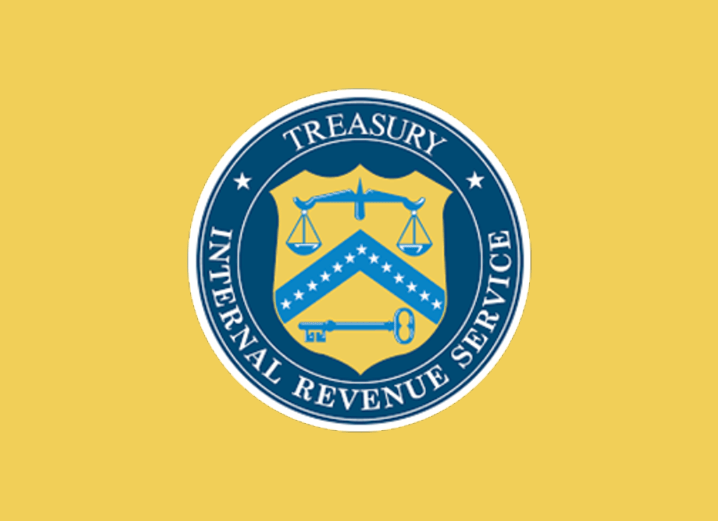Opportunity
Zones
About Opportunity Zones
California worked with local governments to ensure that census tracts fit this definition in nominating census tracts of economic distress. The average poverty rate in a California Opportunity Zone is twenty percentage points higher than the statewide average. The median family income of a California Opportunity Zone is half the statewide average.
The Benefits of Opportunity Zones
Investors can defer federal capital gains taxes on the invested gain amounts until there is an event that reduces or terminates the qualifying investment in the QOF, or December 31, 2026, whichever is earlier. In addition, if the investor holds the investment in the QOF for at least 10 years, the investor is not required to pay federal capital gains taxes on any realized gains from the investment. All QOFs must hold at least 90 percent of assets in qualifying Opportunity Zone properties or businesses.
Types of Investments
Property
QOFs can invest in properties or business properties. To ensure that investments contribute to community revitalization, federal legislation requires certain property improvement thresholds.
Operating Business
QOFs can invest in businesses to catalyze new economic activity in underinvested areas. The recipient business must meet certain criteria, such as requirements for the percentage of revenue generated and percentage of tangible property located in OZs.
Additional Resources

HUD
LEARN MORE

IRS
LEARN MORE
Have Questions?
No problem. Review our frequently ask questions page or send us a message.
California Community & Place-Based Solutions
1325 J St., Suite 1800
Sacramento, CA 95814
Tel: 877-345-4633
Email the Team | About Us
Produced in Partnership with the U.S. Economic Development Administration















